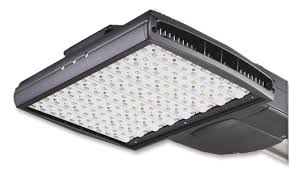Content
Switching to LED Lighting
‘Going green’ initiatives have become increasingly popular over the past few decades and here at CGE we believe we should advise and help our clients to achieve the most energy efficient electrical systems possible within their business environment.
We are proud to be ISO 14001:2015 accredited, that’s the Environmental Management registration. Our commitment to limiting our impact on the environment extends to all of our business partners whether they are suppliers, sub-contractors or customers.
The Good News About LED Lighting

The good news is that ‘going green’ can be as easy as looking at the way in which we light our homes and offices. Up to 40% of a building’s electricity use is accounted for by lighting.
The key to being more energy efficient with lighting is having a system that produces the maximum amount of light for the minimum input power.
What are LEDs?

LED (light emitting diode technology) is a form of lighting that uses less electricity than traditional incandescent and fluorescent lighting sources.
So by replacing existing lighting systems with LEDs businesses can deliver energy savings and reduce costs with a positive environmental impact.

Energy Efficient and Toxic Elements

- LEDs are 80% more efficient than traditional lighting.
- LEDs require less power – typically an 84 watt fluorescent tube can be replaced by a 36 watt LED to give the same level of light. This means less LED lights are needed to achieve the same level of brightness.
- LED lights do not contain mercury or other toxic elements and do not require compliant disposal avoiding both cost and time implications with the benefit of helping to protect the environment from further toxic waste.
- 95% of the energy in LEDs is converted into light with only 5% being wasted as heat – the converse to fluorescent lights
- Fluorescent lights contain noxious chemicals such as mercury. Disposal has to be arranged through a registered waste carrier.
- LEDs have a longer lifespan than other types of lights which reduces the frequency requirement for replacement and thus impacts upon the manufacturing processes, packaging materials and transportation.
Advances In LED Technology

Less energy use reduces the demand from power plants and decreases greenhouse gas emissions.
- Reduce energy consumption
- Reduce carbon emissions
- Reduce cost









